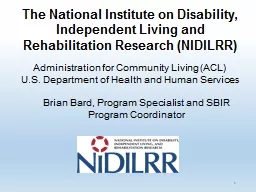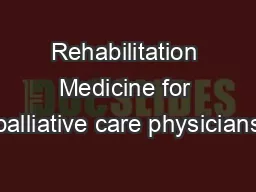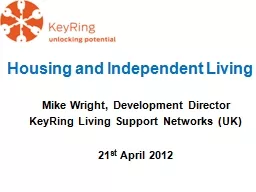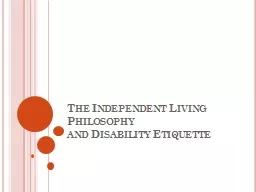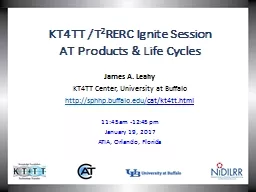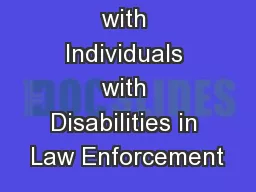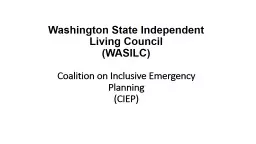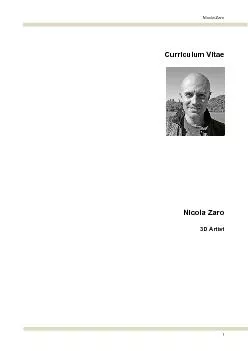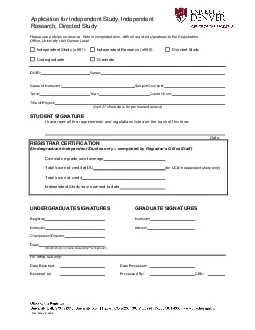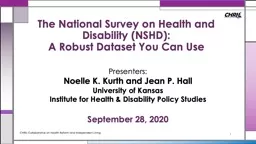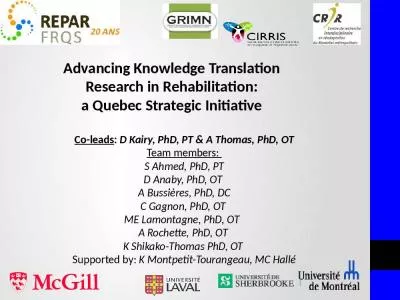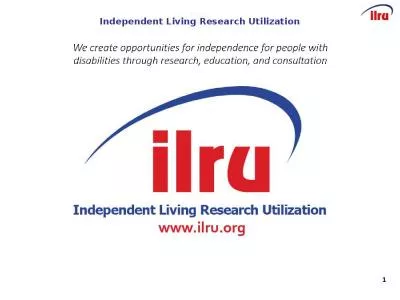PPT-The National Institute on Disability, Independent Living and Rehabilitation Research (NIDILRR)
Author : phoebe-click | Published Date : 2018-12-10
1 Brian Bard Program Specialist and SBIR Program Coordinator Administration for Community Living ACL US Department of Health and Human Services NIDILRR history
Presentation Embed Code
Download Presentation
Download Presentation The PPT/PDF document "The National Institute on Disability, In..." is the property of its rightful owner. Permission is granted to download and print the materials on this website for personal, non-commercial use only, and to display it on your personal computer provided you do not modify the materials and that you retain all copyright notices contained in the materials. By downloading content from our website, you accept the terms of this agreement.
The National Institute on Disability, Independent Living and Rehabilitation Research (NIDILRR): Transcript
Download Rules Of Document
"The National Institute on Disability, Independent Living and Rehabilitation Research (NIDILRR)"The content belongs to its owner. You may download and print it for personal use, without modification, and keep all copyright notices. By downloading, you agree to these terms.
Related Documents

